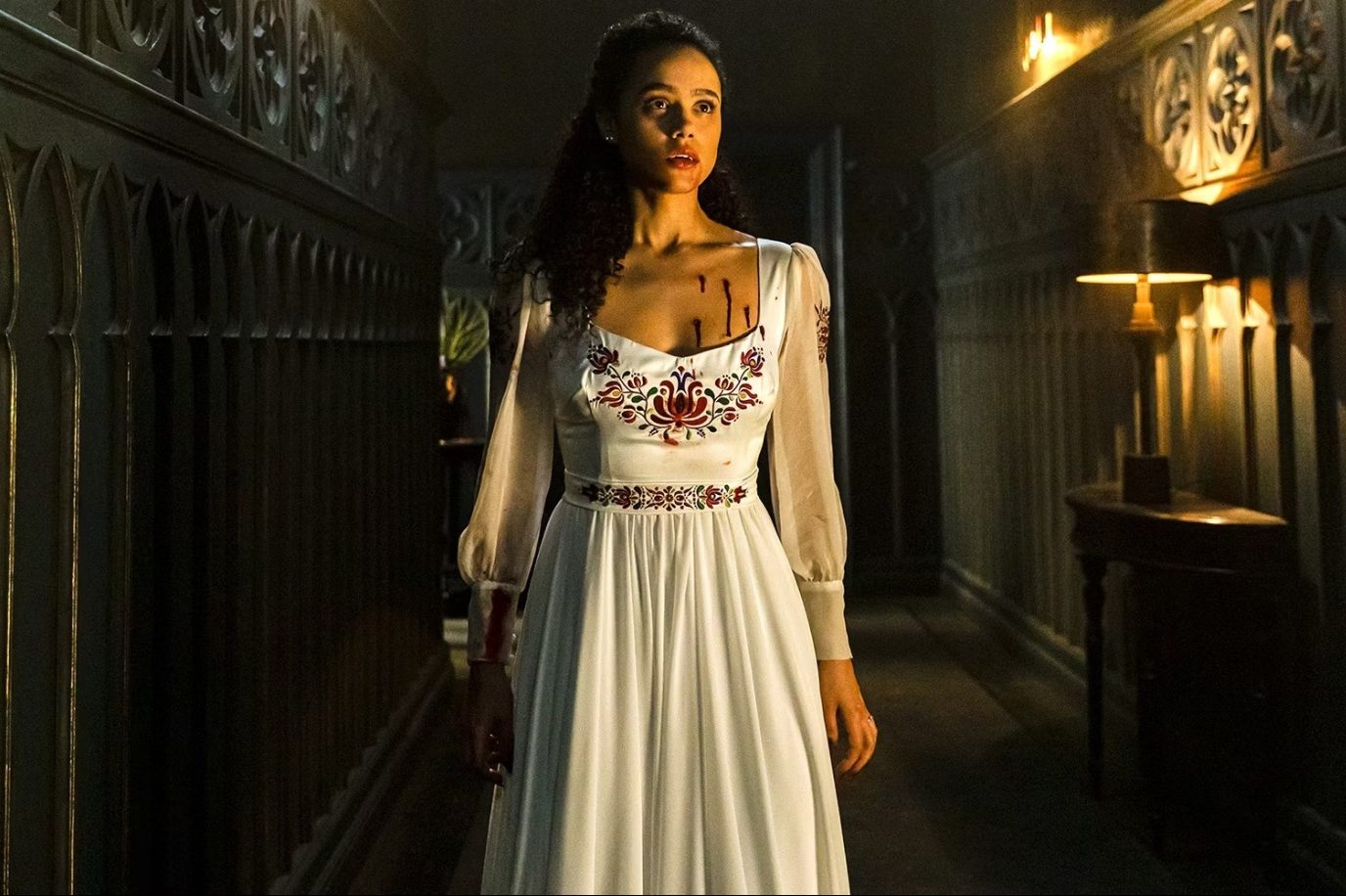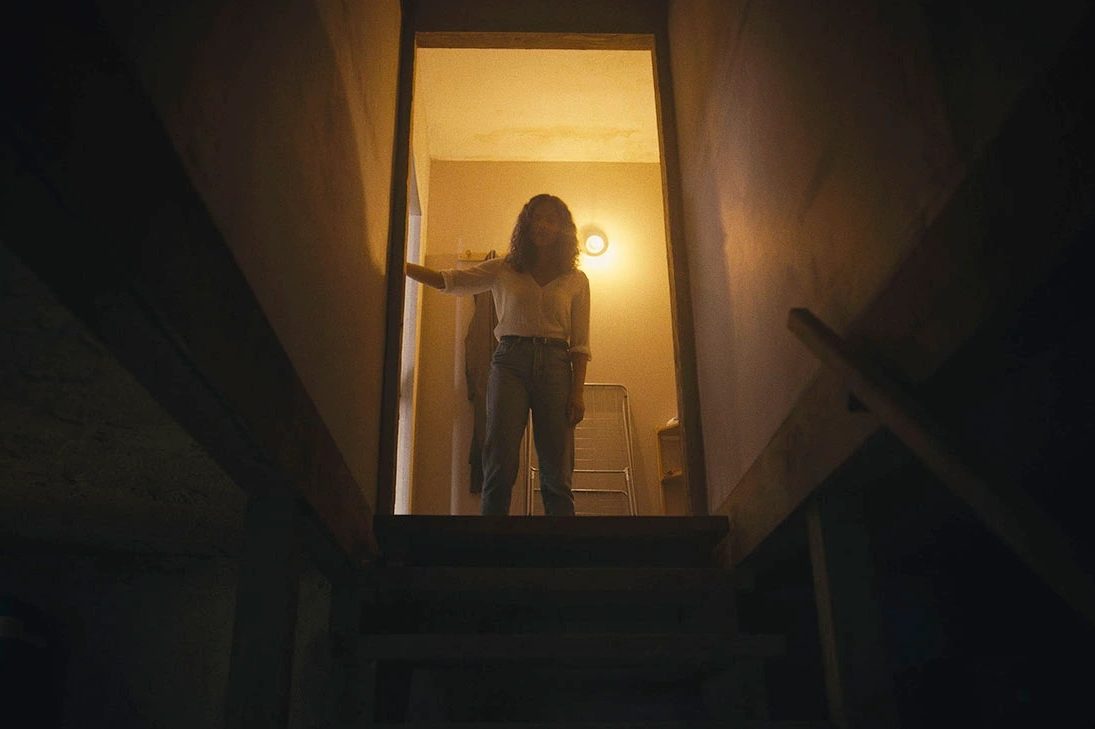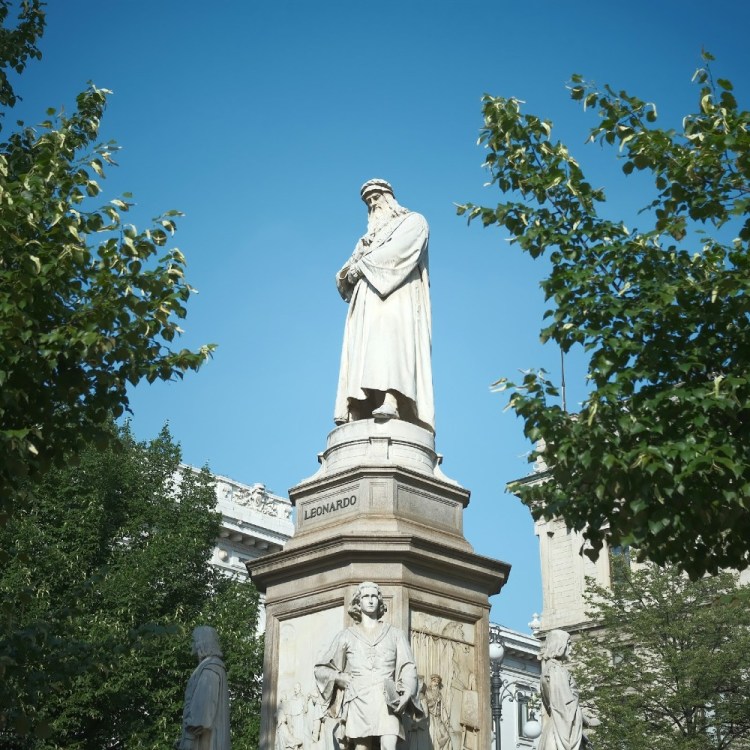In 1732, a monk named Antoine Augustin Calmet wrote about a very specific type of scientific investigation: the examination of a number of dead bodies in Hungary to determine if any of them were, in fact, vampires. Calmet describes one man whose body was exhumed a month after being buried, at which point the exhumers discovered “all the indications of an archvampire.”
What led them to this conclusion? “His body was red, his hair, nails, and beard had all grown again, and his veins were replete with fluid blood, which flowed from all parts of his body upon the winding sheet which encompassed him,” Calmet wrote. But 18th century Europe wasn’t the only place in which science was used to justify the existence of the paranormal.
In a new article at Atlas Obscura, April White explores the history of unearthing the suspected bodies of vampires in 19th century New England. White opens with a description of an 1892 debunking of vampires, in which medical examiner Harold Metcalf discovered the presence of blood within the heart of one of the suspected undead — something this corpse had in common with the body that Calmet described.
As White notes, many of the details that led people who exhumed bodies to believe that they were dealing with vampires were actually evidence of the presence of tuberculosis. And while no one’s written an award-winning horror novel about tuberculosis, it also — by virtue of being real — is a lot scarier than vampires, when you think about it.
Still, the idea of a detailed autopsy of a vampire is a compelling idea, whether fact or fiction. (Paul Tremblay’s excellent novel The Pallbearers Club draws on some of this real-life history, in fact.) And as these historical accounts show, the tradition of digging up suspected vampires and investigating their remains persisted for generations — a bizarre blend of science and superstition.
Thanks for reading InsideHook. Sign up for our daily newsletter and be in the know.

















